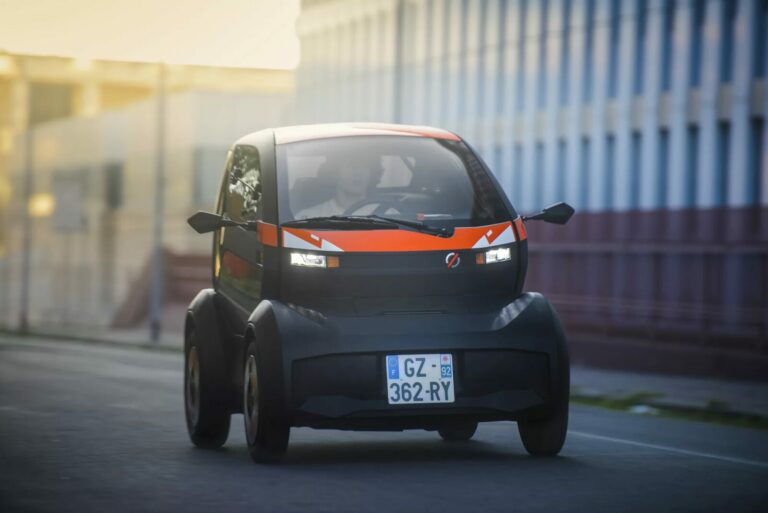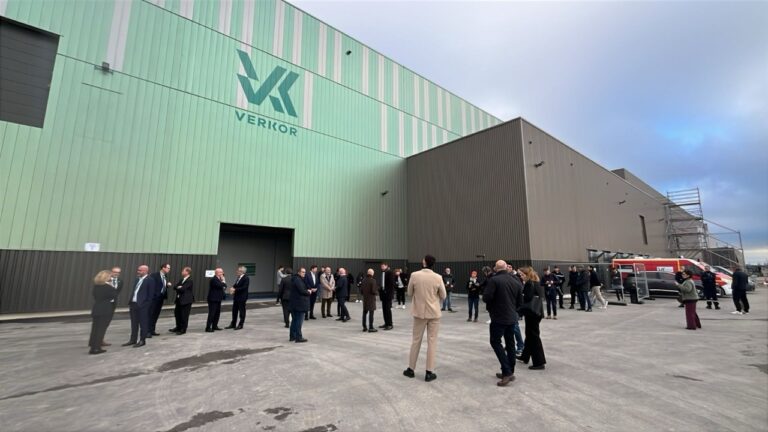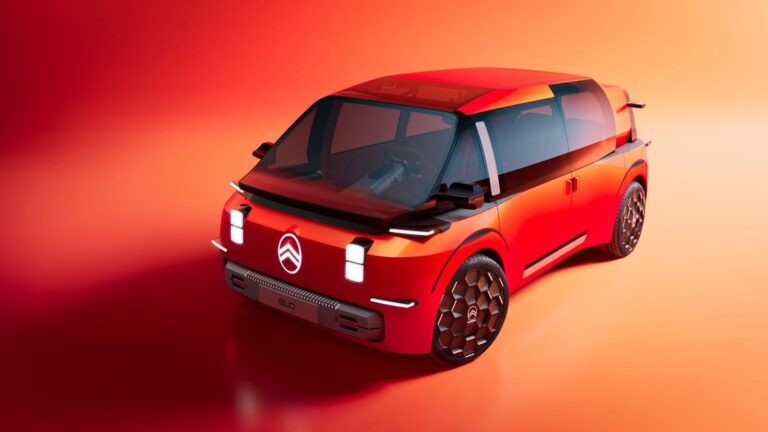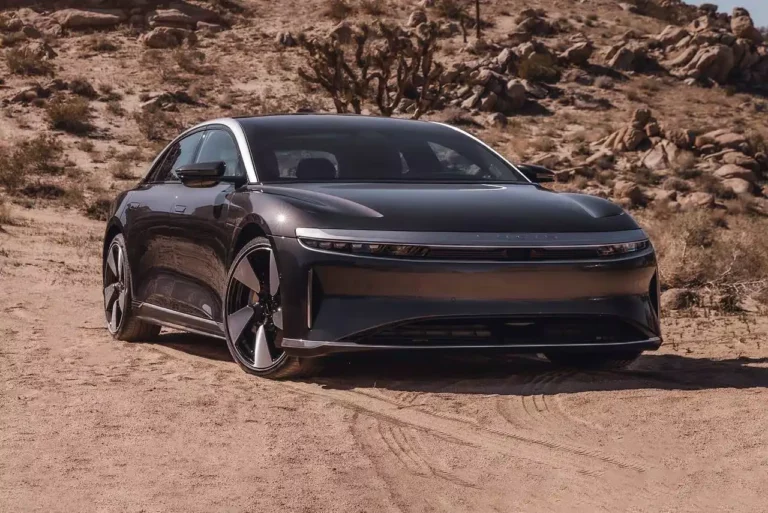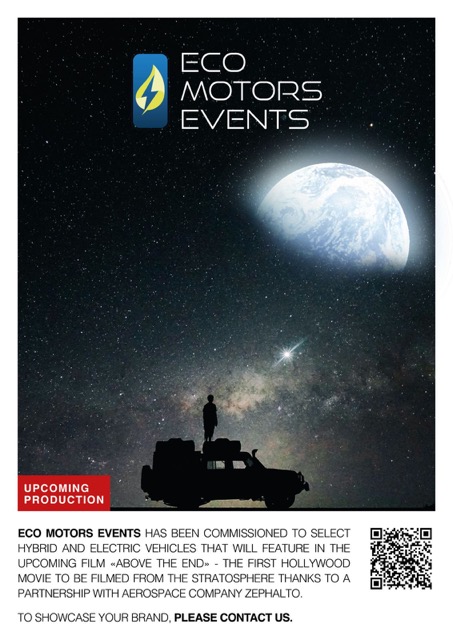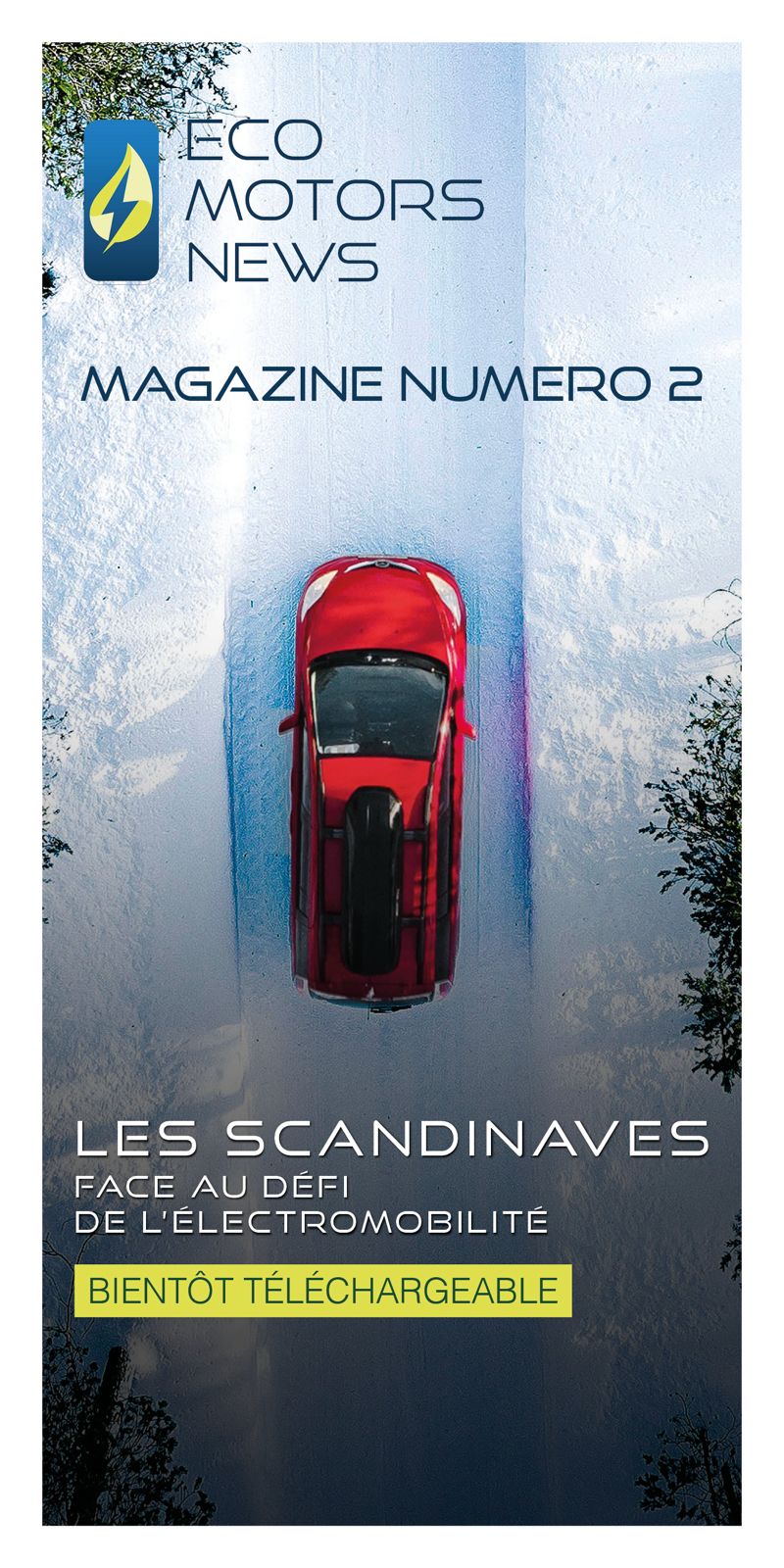It’s coming soon: Porsche’s iconic SUV is being transformed into an ultra-efficient 100% electric vehicle. Called the Cayenne Electric, it will be launched in the coming weeks, according to the latest press release from the manufacturer.
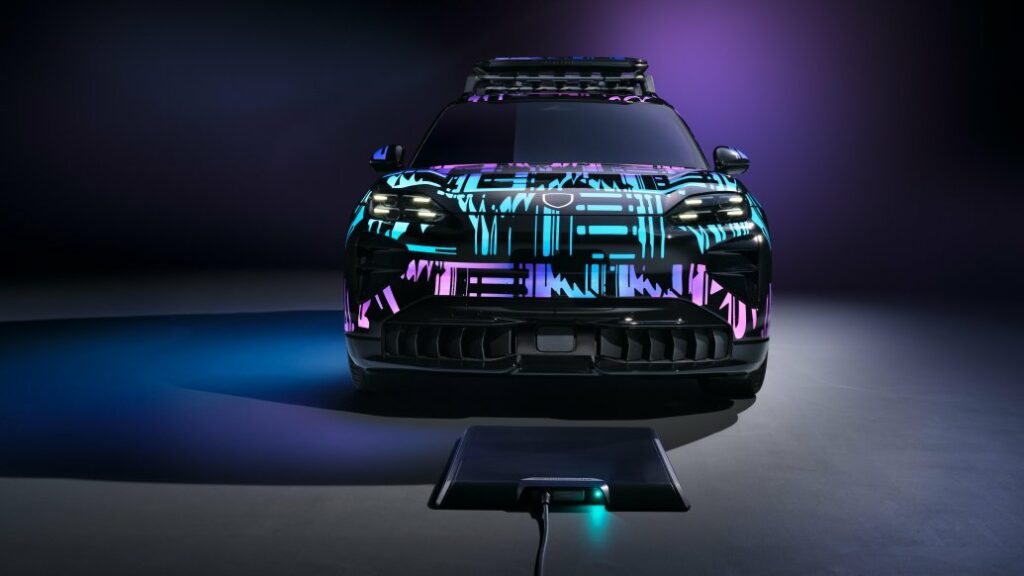
Following on from the Macan Electric, Porsche is continuing its transformation towards an entirely zero-emission range. The Cayenne, an emblematic model launched in 2002, is in turn becoming the representative of a transition to top-of-the-range electromobility.
This new press release, published on 23 October 2025, provides technical confirmations that will increase the expectations of car lovers. Porsche tells us that the vehicle’s battery has a gross capacity of 113 kWh. And what sets it apart is that it is not just a module housed in the floor. It is a load-bearing element of the chassis. This integration into the structure improves the vehicle’s rigidity and lowers its centre of gravity, essential elements for the SUV’s technical performance.
The thermal management system is also well thought out. The press release mentions double-sided cooling (above and below the battery). There’s also a new predictive thermal management system that takes account of driving conditions, driving style and traffic to anticipate thermal requirements. Porsche’s idea is to optimise efficiency, range and performance, whatever the conditions of use.
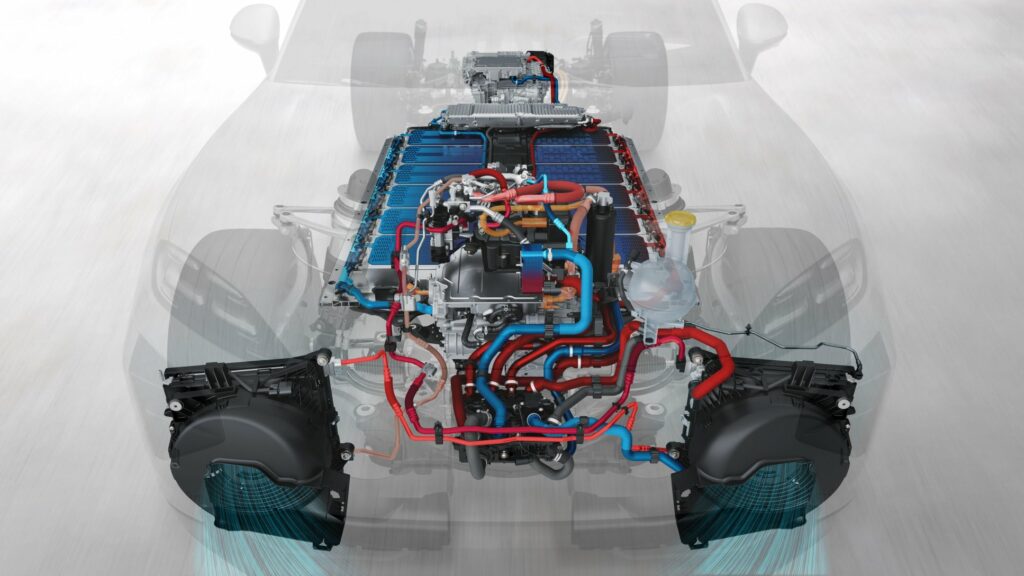
Performance and real-life use
The future of recharging is already here, and from 2026 Porsche will be offering a wireless inductive recharging system on board the Cayenne Electric. This system works via a floor plate, installed in a garage for example, on which the vehicle is automatically positioned using sensors and cameras. To charge, the vehicle lowers itself slightly to reduce the gap between itself and the plate, allowing inductive coupling over a few centimetres. The advertised power is 11 kW in alternating current, with an efficiency of around 90%, comparable to a domestic wall-mounted charging point.
One of the great challenges for manufacturers is to offer a powerful battery with a short recharge time. And in this respect, the Cayenne Electric promises to be effective:
– In terms of range, the vehicle is claimed to offer up to 600 km. Tests on prototypes have shown that at a constant speed of between 110 and 115 km/h, a prototype covered around 568 km with only 2% of the charge remaining.
– As for recharging, the manufacturer has announced a maximum DC power of up to 400 kW, which would allow very rapid recharging, i.e. going from 10% to 80% of the battery in less than 16 minutes. Another statistic that might be more telling: a recovery of around 300 km of range in 10 minutes, no less.
Porsche is all about speed, performance and sportiness. For its most powerful model (Turbo in particular), the German marque is promising a top speed of around 250 km/h.
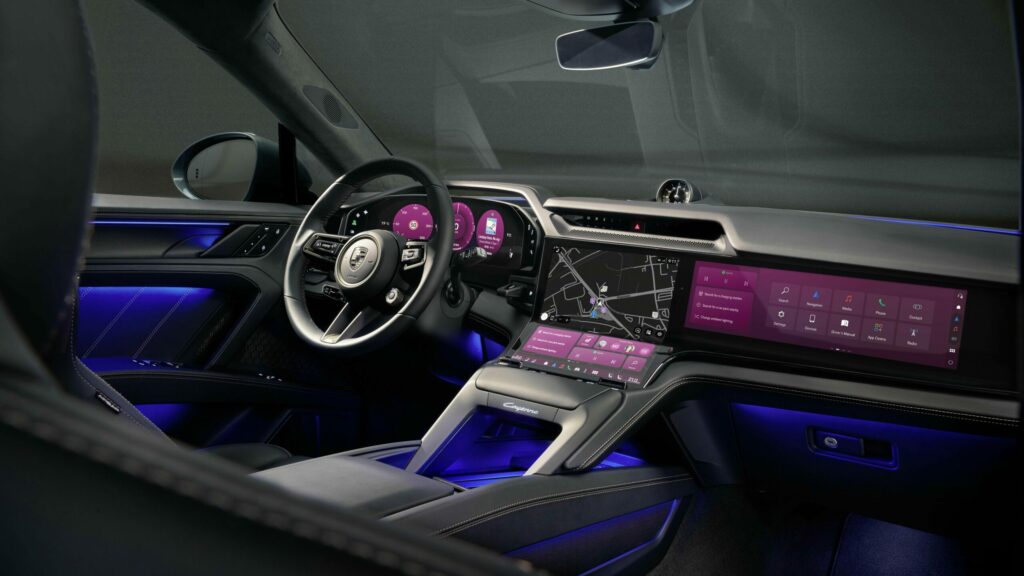
A top-of-the-range interior
The interior of the Cayenne Electric is all about digital technology. A large curved screen is the main feature of the cabin. The manufacturer claims that it is the largest ever used in a Porsche vehicle. It is complemented by a dedicated screen for the front passenger and an augmented reality head-up display.
And of course, with this type of vehicle, there are plenty of options: electric rear seats, surface heating function, panoramic roof with progressive blackout.
Release date still unknown
No precise date has been announced. But according to the latest information, the commercial launch should take place in a few weeks’ time, which suggests a production launch or arrival in certain markets at the end of 2025.
Other specialist sources predict availability in 2026.



